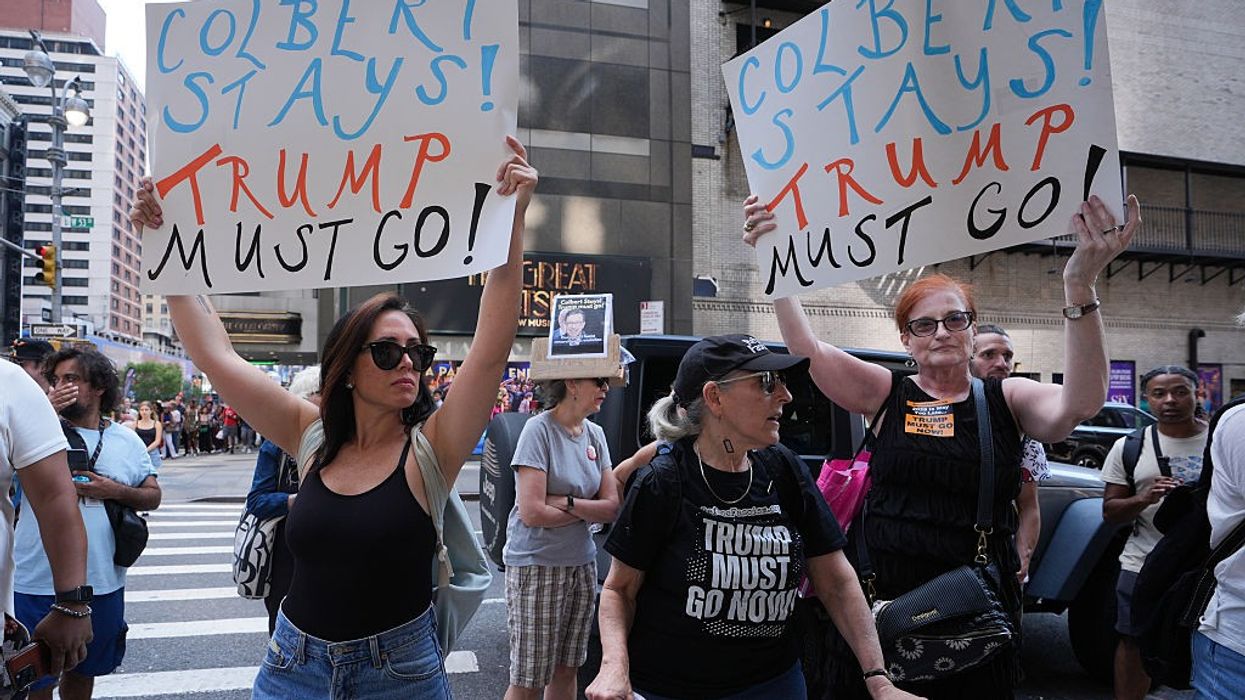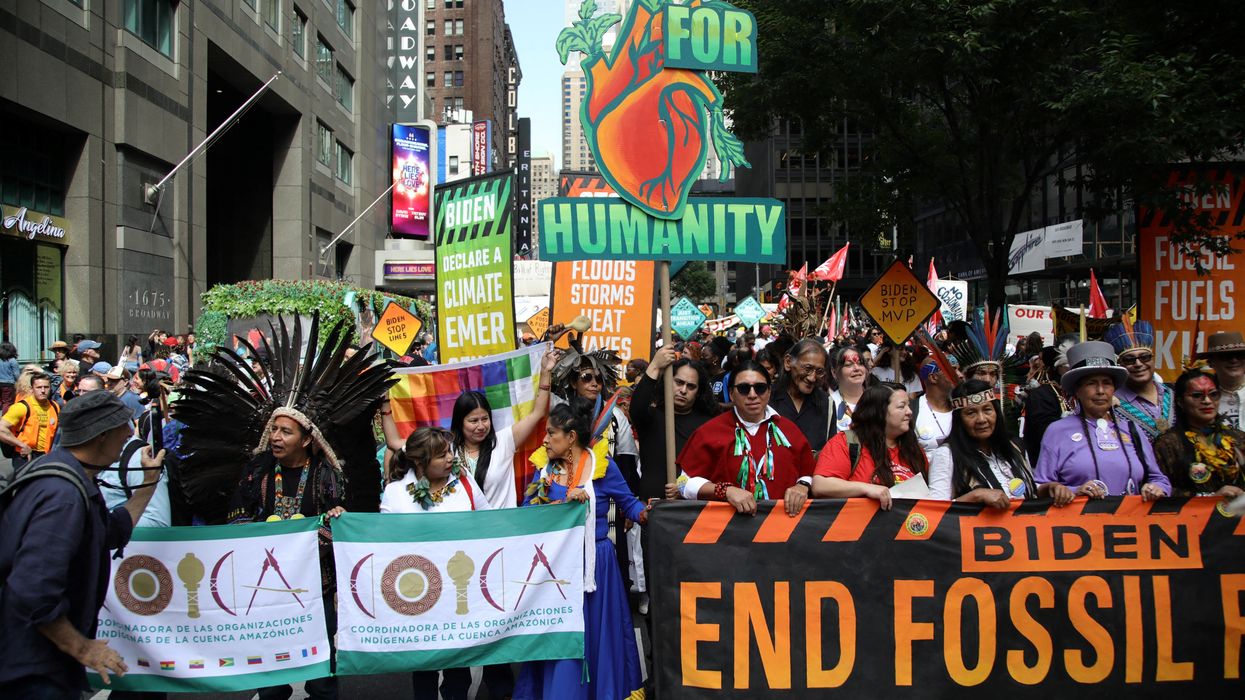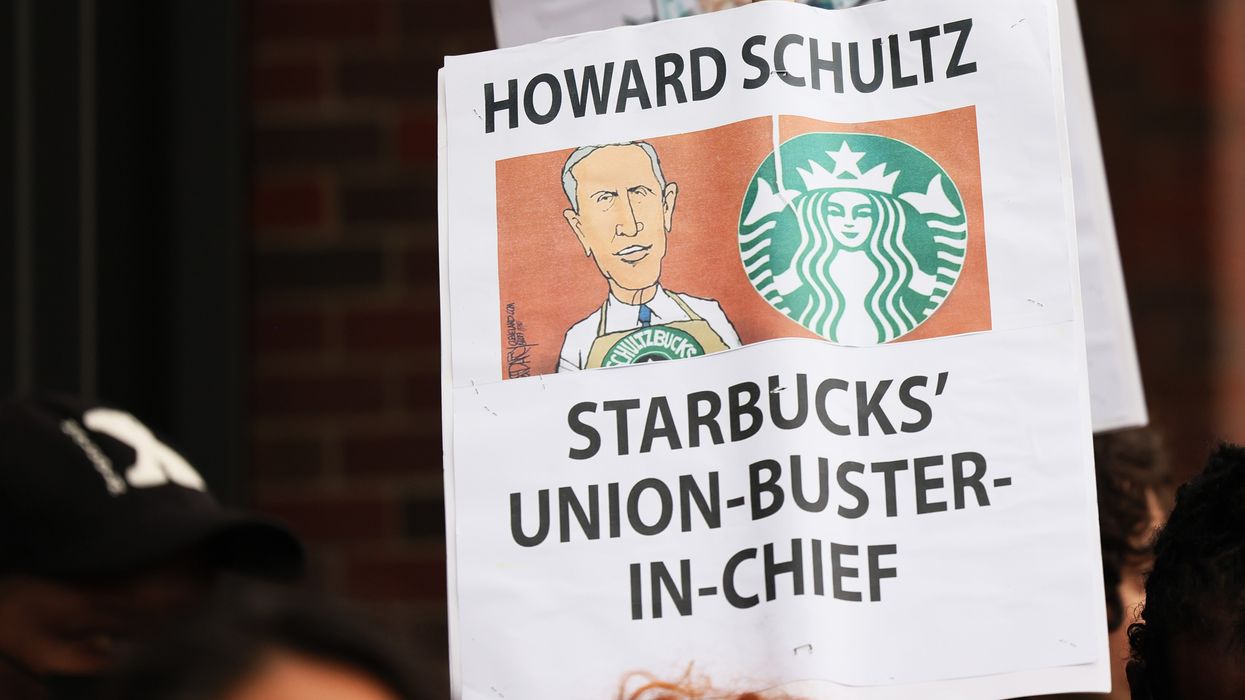'Capitulation Index' Tracks How US Media Companies Are Responding to Trump Bullying
"This capitulation is... a pervasive trend that applies to nearly all commercial media, including cable and telecommunications firms and online platforms," said Free Press.
Media advocacy organization Free Press on Tuesday unveiled an index that documents and rates major media organizations' reactions to the coercive demands being made by U.S. President Donald Trump.
As Free Press explained in a press release, its Media Capitulation Index tracks actions being taken by 35 major media conglomerates who are facing pressure from Trump and his allies to curb critical reporting and commentary on his administration.
"In this investigation, Free Press found that to varying degrees the owners of America's largest media firms are caving to pressure from an authoritarian-minded president and his captured federal agencies," the organization wrote. "This capitulation is not unique to owners of news outlets—like Paramount (which owns CBS), Disney (ABC) and Warner Bros. Discovery (CNN). Rather, it's a pervasive trend that applies to nearly all commercial media, including cable and telecommunications firms and online platforms."
Free Press argued that media companies have been bending to Trump's will through four major methods: Paying out lavish settlements in lawsuits brought by the president; rolling back their programs for enhancing diversity, equity, and inclusion; pressuring journalists and commentators to soften or even censor their criticisms of the president; and "attempting to curry favor with the president during inaugural ceremonies, private dinners at Mar-a-Lago, and meetings in the White House."
The index uses a scale to rate media organizations that range from "independent" on one end to "propaganda" on the other. Of all the media companies surveyed by Free Press, only two are rated as independent: Bloomberg Media Group and Netflix. The New York Times Company for now is the least compromised of any print media conglomerate outside of Bloomberg and is merely listed as "vulnerable," while Nant Capital, the owner of the Los Angeles Times, is the most compromised and is rated as "obeying" the Trump administration.
When it comes to broadcast media, no companies earned an "independent" ranking, and CBS owner Paramount was ranked as "obeying" the Trump administration in the wake of its decisions to give Trump a $16 million payout and then cancel the show of longtime Trump critic Stephen Colbert.
Former New York Times public editor Margaret Sullivan, a longtime critic of the American media's response to Trump, praised Free Press on her Substack page for highlighting the major problems facing the American media in the second Trump term.
"Huge, diverse corporations own news companies, and independent journalism all too often takes a back seat to corporate profits, mergers, and other forms of consolidation," she said. "Meanwhile, public media has been defunded, local journalism lacks local ownership, and partisan propaganda has found an influential home on radio and cable news."
She also interviewed Tim Karr, who works as Free Press' senior director of strategy and communications, about why her former employer did not earn an "independent" rating on the index.
"There is a tendency to 'both-sides' reporting about the Trump administration,” Karr said of The New York Times' coverage, which he added seems to give "equal weight to the forces of democracy and the forces of authoritarianism."


